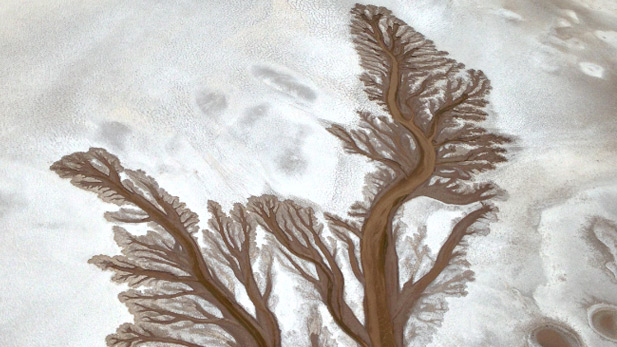 Aerial view of water making its way into the parched Colorado River delta.
Aerial view of water making its way into the parched Colorado River delta.Listen:
One year ago the governments of the U.S. and Mexico worked together on a historic project to send water down the parched Colorado River Delta in Mexico.
Water has not flowed regularly in the once-lush delta since the 1960s. In the years since, native trees and the birds that flew among them had all but vanished from the region – until this time last year.
University of Arizona geoscientist Karl Flessa said Tuesday that the eight-week flooding helped to germinate and establish cottonwoods and willows that will live for up to 50 years, demonstrating that even a small amount of water can have long-lasting effects on an ecosystem.
But, Flessa said, the impact of the water varied.
"In some places the pulse flow did enormous amount of good work in establishing vegetation and sustaining that vegetation. In other parts of the river it didn’t really make that much of a difference," he said.
He and his team are studying why that was the case.
"So we’re really trying to map out the river and identify those prime restoration sites."
Future efforts will be targeted in those conservation sites that responded best to the returned flow of water.

By submitting your comments, you hereby give AZPM the right to post your comments and potentially use them in any other form of media operated by this institution.